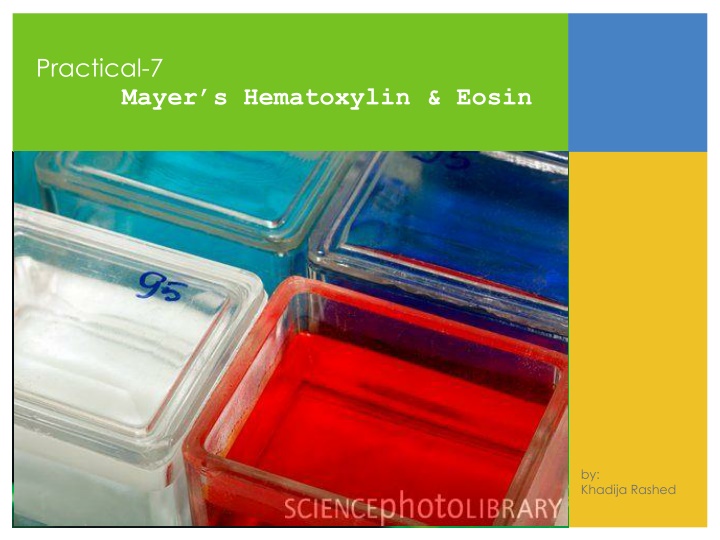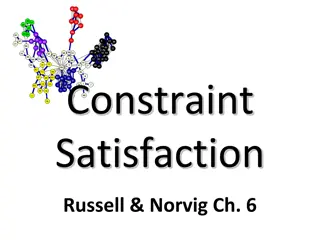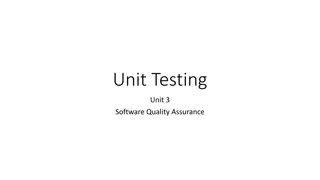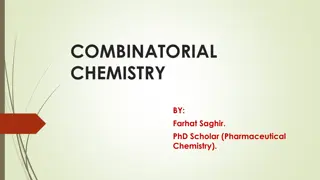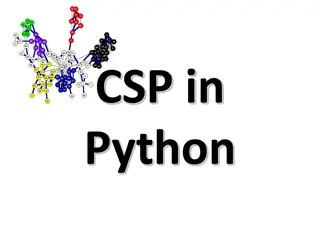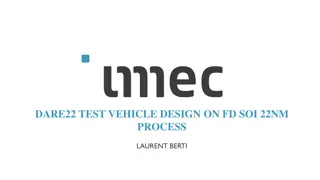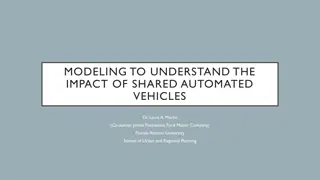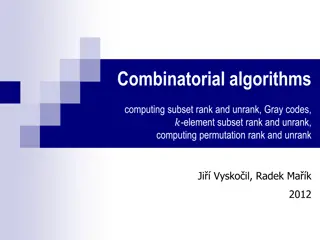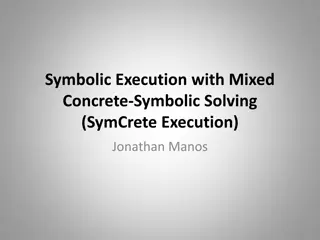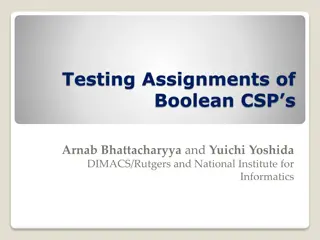Combinatorial Interaction Testing for Automated Constraint Repair
In this study presented at IWCT2017, Angelo Gargantini discusses a novel automated approach for finding and fixing conformance faults in software systems using combinatorial models. The goal is to discover and repair faults in the constraints of the model, assuming faults lie in the model and not the system itself.
Download Presentation

Please find below an Image/Link to download the presentation.
The content on the website is provided AS IS for your information and personal use only. It may not be sold, licensed, or shared on other websites without obtaining consent from the author.If you encounter any issues during the download, it is possible that the publisher has removed the file from their server.
You are allowed to download the files provided on this website for personal or commercial use, subject to the condition that they are used lawfully. All files are the property of their respective owners.
The content on the website is provided AS IS for your information and personal use only. It may not be sold, licensed, or shared on other websites without obtaining consent from the author.
E N D
Presentation Transcript
Practical-7 Mayer s Hematoxylin & Eosin by: Khadija Rashed
It is a general purpose stain or micro-anatomical stain. Mayer's hematoxylin is used because it eliminates the necessity for differentiation and bluing of the section. It can be considered a progressive stain which produces a stained section with clearly defined nuclei while the background is completely colorless. Stain Solutions: Mayer's Hematoxylin Eosin Solutions
MAYER`S ALUM HAEMATOXYLIN & EOSIN METHOD PROCEDURE: 1. Deep slide 2. Deep Slide 3. Deep slide 4. Deep slide 5. Rinse section to 6. Apply 7. Rinse in 8. Blue in 9. Apply 10. Apply 11. Apply 12. Dehydrate 13. Dehydrate 14.Clear in 2 changes 15. Mount in Xylene 100% alcohol 95% alcohol 70% alcohol Tap water Mayer`s haematoxylin tap water again Ammonia water Eosin 70% alcohol 95% alcohol 100% alcohol 100% alcohol Xylene DPX-cover slipping 3mins. 2min 1min. 1min. 10mins. 2mins. 1min. 3mins. 30seconds 10seconds 10seconds 15seconds 2mins
RESULT: Cell Nuclei __________________________ blue RBCs ______________________________ red Connective tissue & cell cytoplasm______ shade of pink
